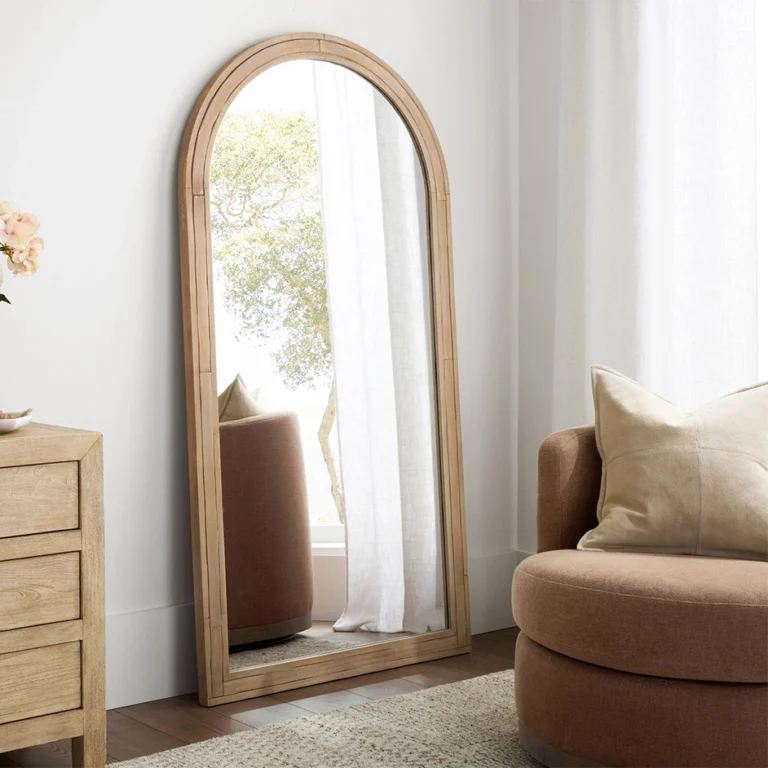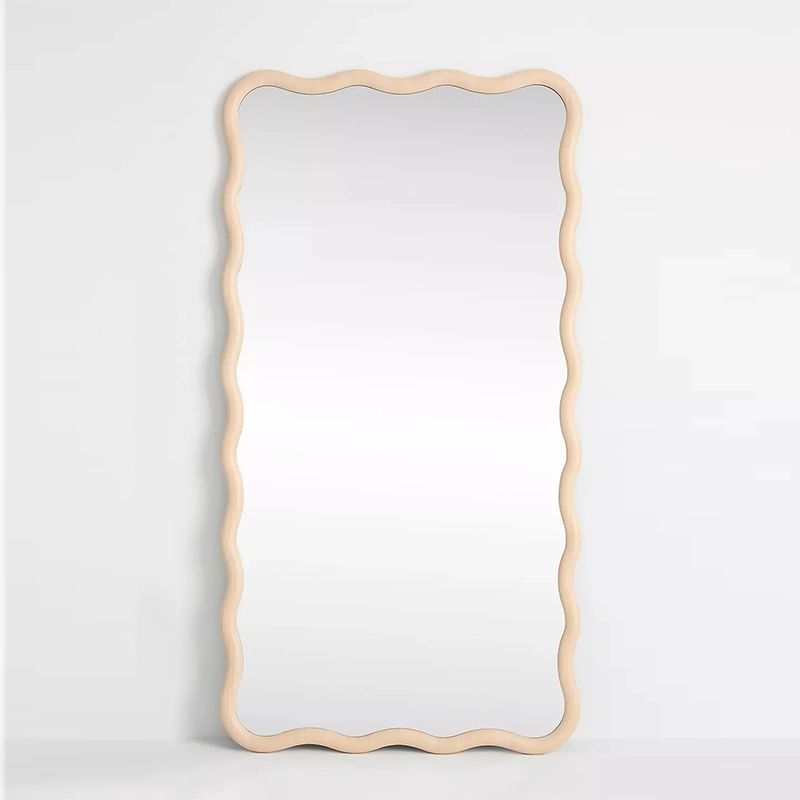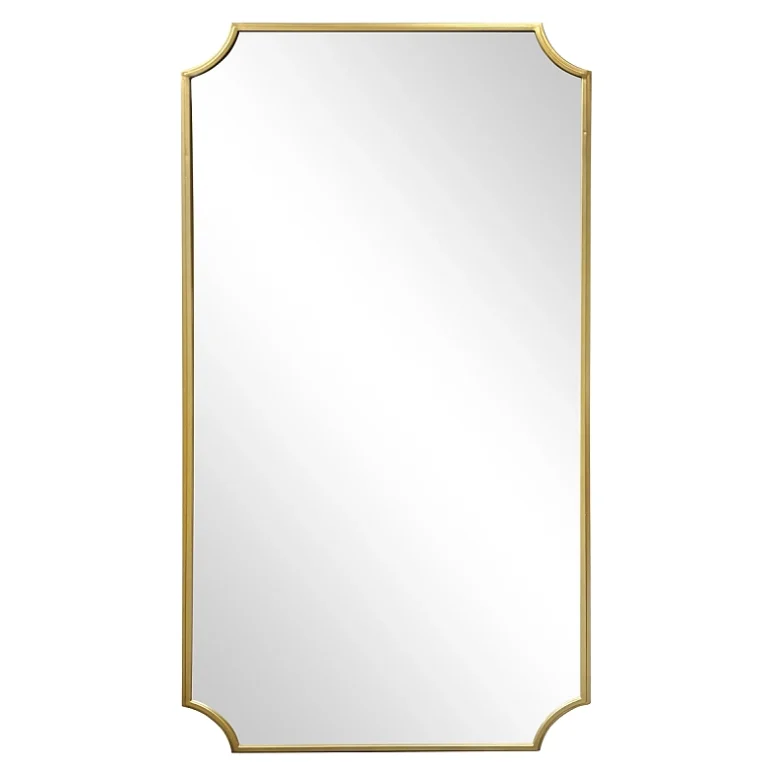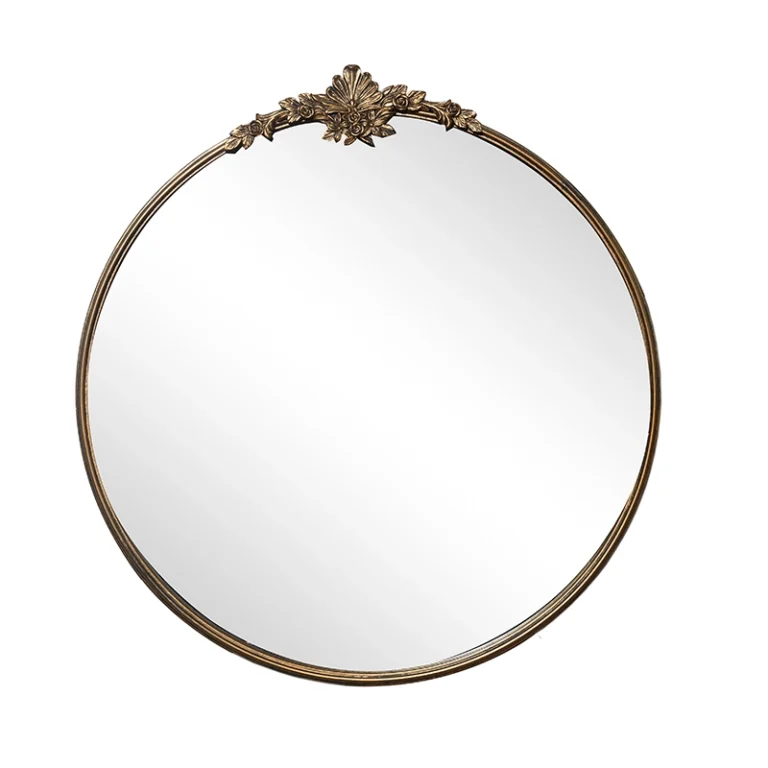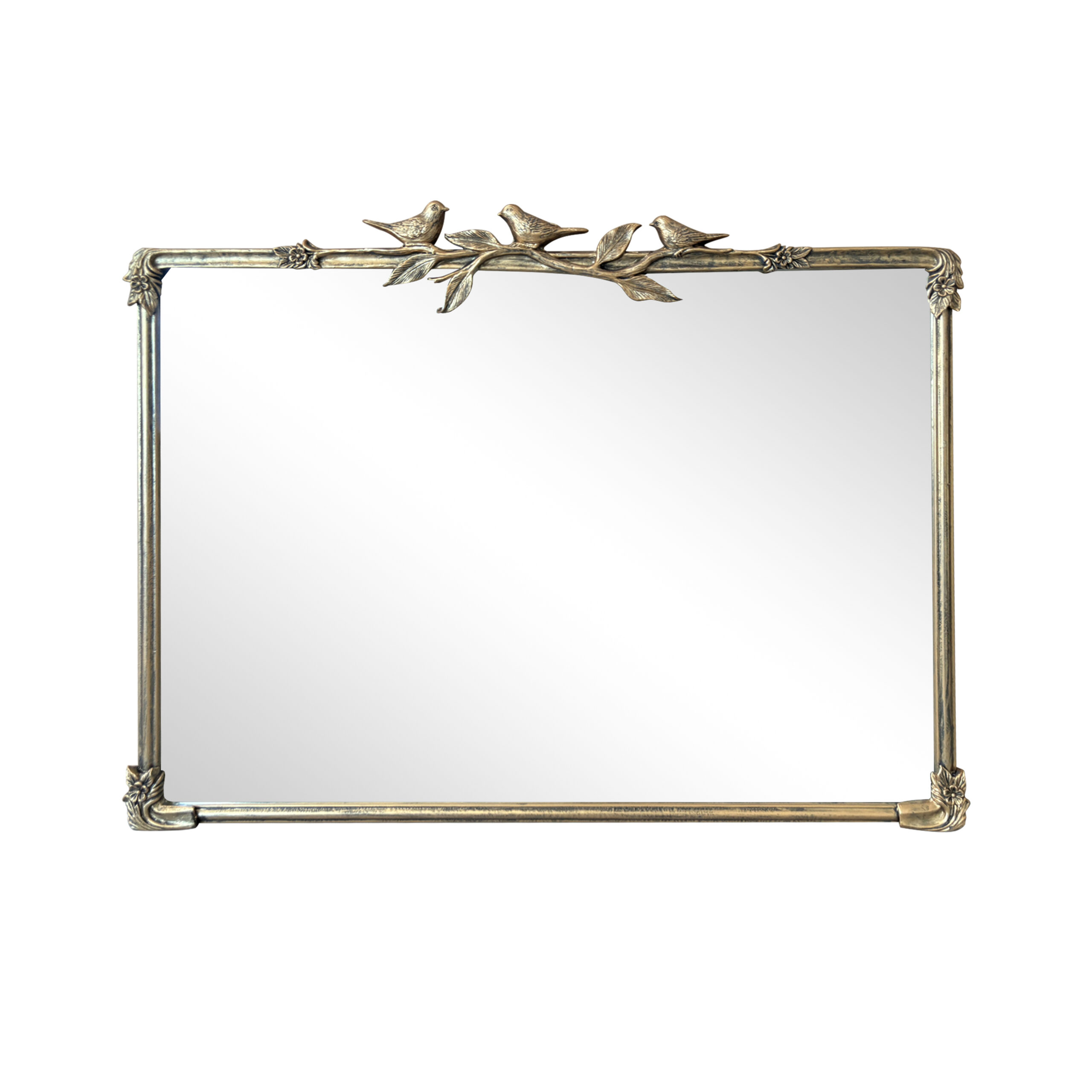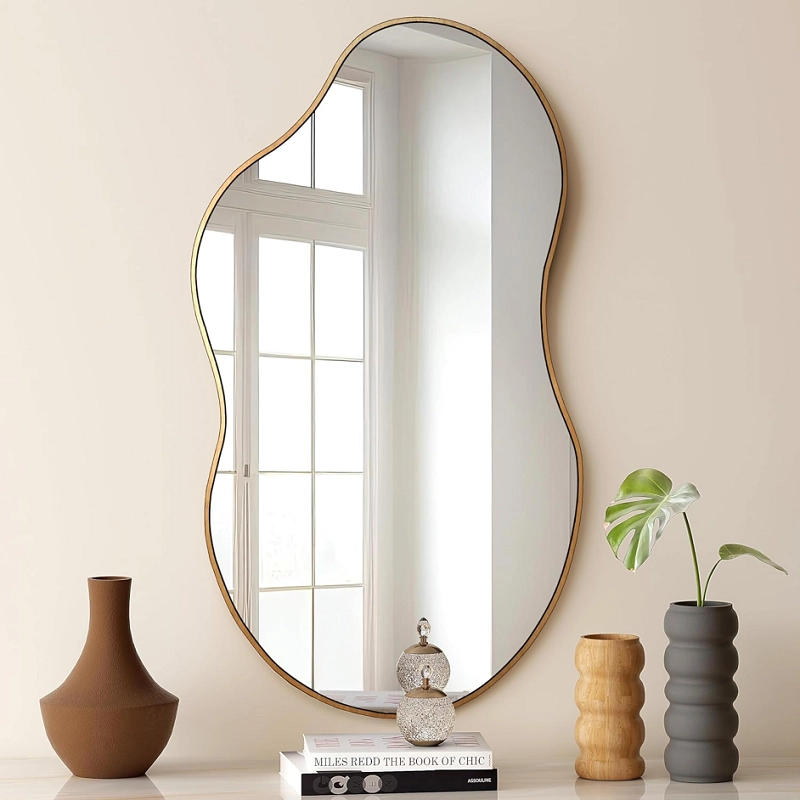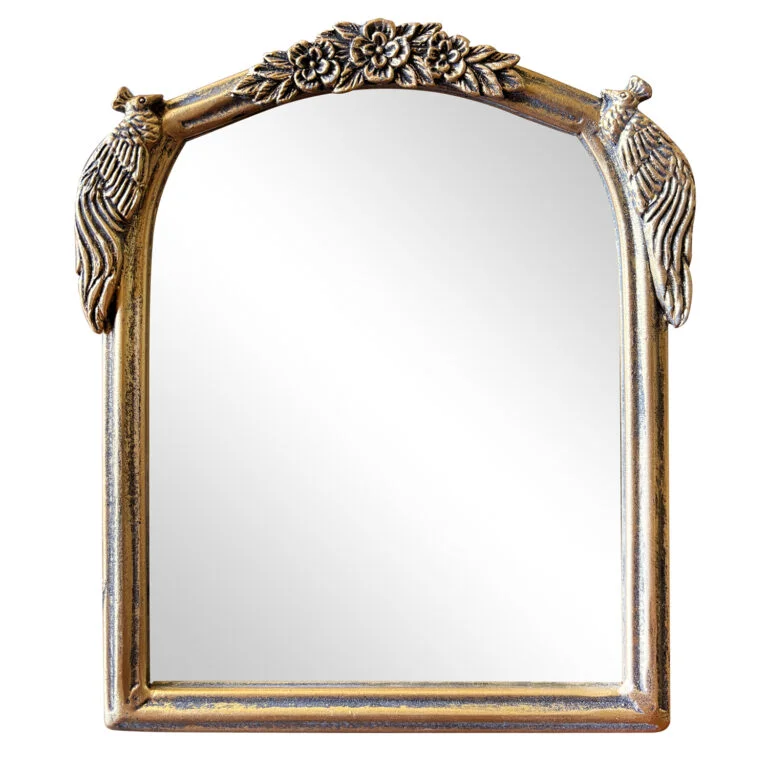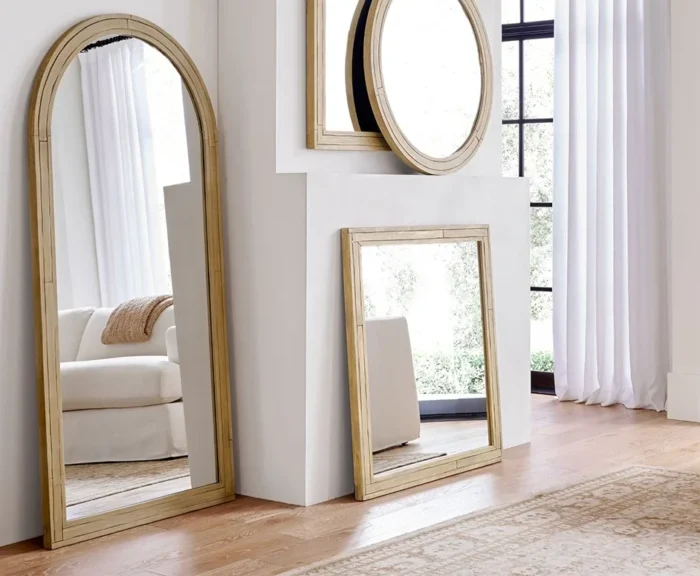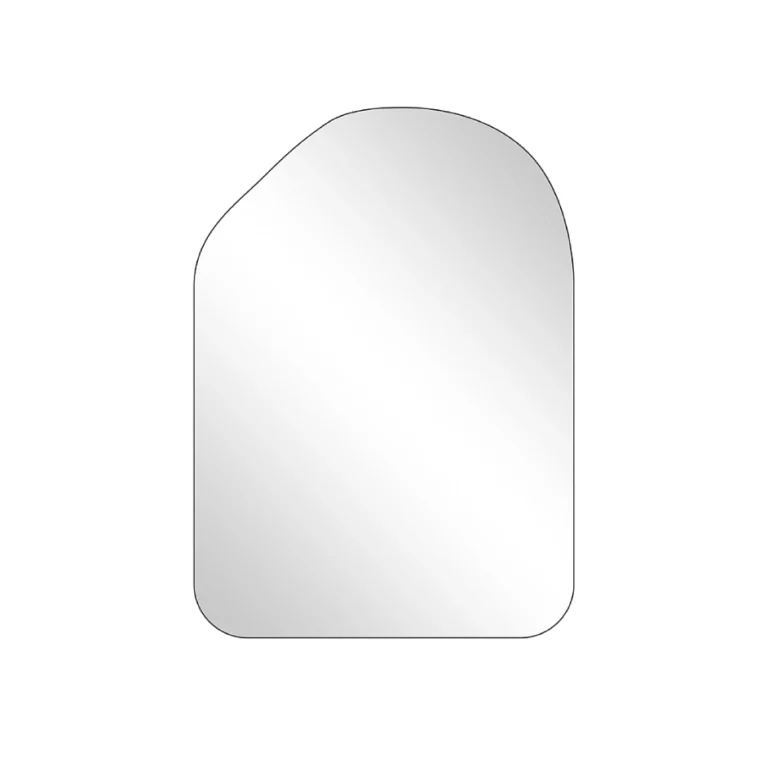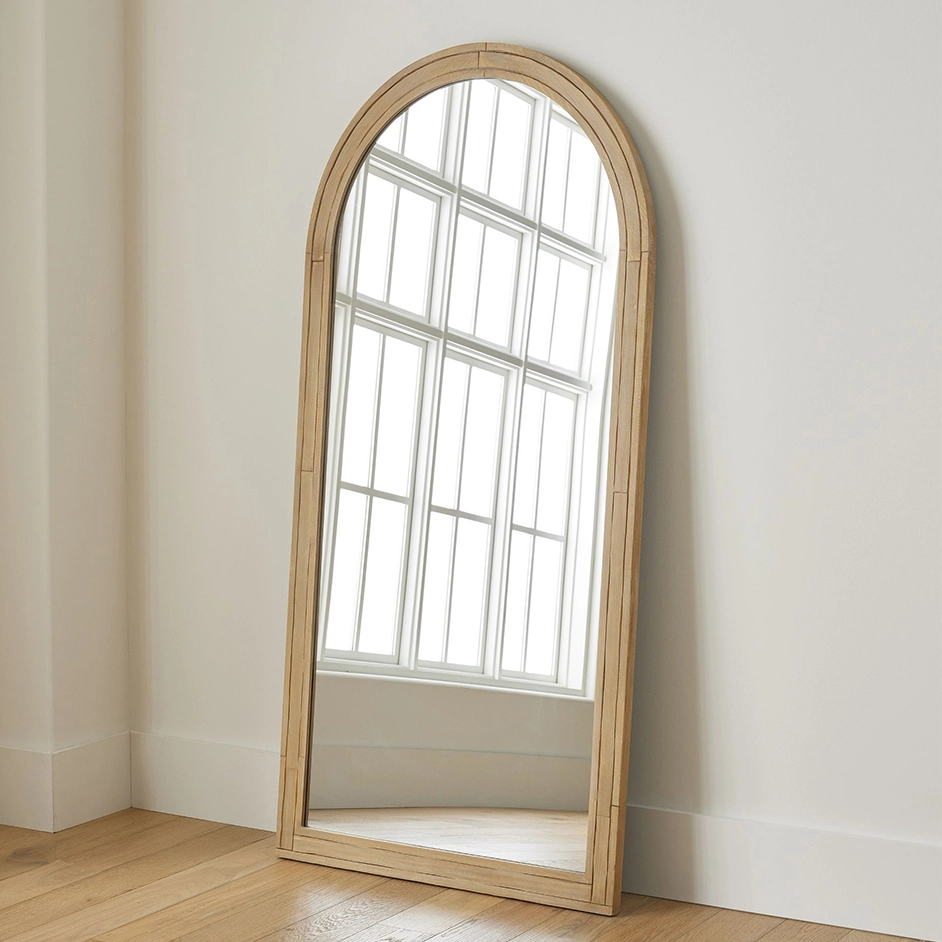traditional mosaic mirror Abu Dhabi
Of course. You are likely referring to the stunning and iconic art installations found in Abu Dhabi that use the traditional mosaic mirror technique. This craft is deeply rooted in the wider Gulf and Middle Eastern heritage and has been masterfully incorporated into the modern cultural landscape of Abu Dhabi.
The most famous example is at the Qasr Al Watan Palace.
1. Qasr Al Watan Palace – The Grandest Example
This is the primary location you are thinking of. Within the presidential palace complex, there is a dedicated Arts Library and other chambers that feature breathtaking, monumental mosaic mirror domes and walls.
-
Technique: This is not just simple mosaic; it is a specific ancient art form known as Ayina-kari (meaning “mirror work” in Persian).
-
Craftsmanship: Tiny pieces of mirror, colored glass, and sometimes mother-of-pearl are meticulously cut and placed by hand into intricate geometric and floral patterns, often based on Islamic geometric design principles.
-
Significance: The use of mirrors is symbolic. It reflects light infinitely, creating a dazzling, celestial effect meant to evoke the divine and the heavens. It represents grandeur, beauty, and the reflection of knowledge and enlightenment—a perfect metaphor for a palace that is a “Palace of the Nation.”
-
Experience: When you look up at the dome, you see a kaleidoscope of reflected light and patterns, making the ceiling appear infinitely high. It is one of the most photographed interiors in Abu Dhabi.
2. Other Places to Find Traditional Craftsmanship
While Qasr Al Watan has the most spectacular modern interpretation, you can find elements of this craft in other traditional settings:
-
Heritage Village & Heritage Sites: Some restored historical buildings or cultural villages might feature smaller-scale mirror work in decorative niches or pieces of furniture.
-
Mosques: While less common in Emirati mosques than in Iranian or Shia mosques (like the famous Nasir al-Mulk Mosque in Shiraz), some decorative elements might incorporate the technique.
-
Luxury Hotels & Souks: As a decorative nod to local heritage, you might find modern interpretations in the lobbies of luxury hotels or as decorative items for sale in souks like the World Trade Center Souk (which itself has a beautiful mosaic-style dome, though not made of mirrors).
The Cultural Roots: Where Does This Art Come From?
The mosaic mirror technique is not originally Emirati but was imported through cultural exchange, primarily from:
-
Iran/Persia: The art of Ayina-kari (آینه کاری) is a pinnacle of Persian architecture, famously used in palaces and shrines in Isfahan and Shiraz.
-
India: A similar technique known as Sheesh Mahal (Palace of Mirrors) was popular in Mughal architecture (e.g., in the Amber Fort in Jaipur).
-
The Gulf Connection: Due to centuries of trade, migration, and cultural exchange across the Arabian Gulf, these artistic influences became part of the region’s decorative vocabulary, especially for important buildings.
How to See It and What to Look For:
-
Visit Qasr Al Watan: This is an absolute must. Book a ticket and allow plenty of time to explore the interior, especially the library and the main ceremonial halls.
-
Look for Patterns: The designs are never random. They are based on complex geometric patterns (girih) and islamic arabesques (floral and vegetal forms), symbolizing the infinite nature of creation.
-
Watch the Light: The appearance changes throughout the day as the natural light shifts, and is utterly transformed when the interior lighting takes over in the evening.
In summary, the “traditional mosaic mirror” art you are asking about is a brilliant fusion of ancient Persian craft (Ayina-kari) with contemporary Emirati cultural vision, creating a symbol of modern Abu Dhabi’s respect for heritage and its aspiration for beauty and knowledge. Your best and most impressive experience of it will be at Qasr Al Watan.
Generally speaking, our order requirements are as follows: the minimum order quantity (MOQ) for large items is 50 pieces, for regular items it is 100 pieces, for small items it is 500 pieces, and for very small items (such as ceramic decorations) the MOQ is 1,000 pieces. Orders exceeding $100,000 will receive a 5% discount. The delivery timeline is determined based on the specific order quantity and production schedule. Typically, we are able to complete delivery within two months.
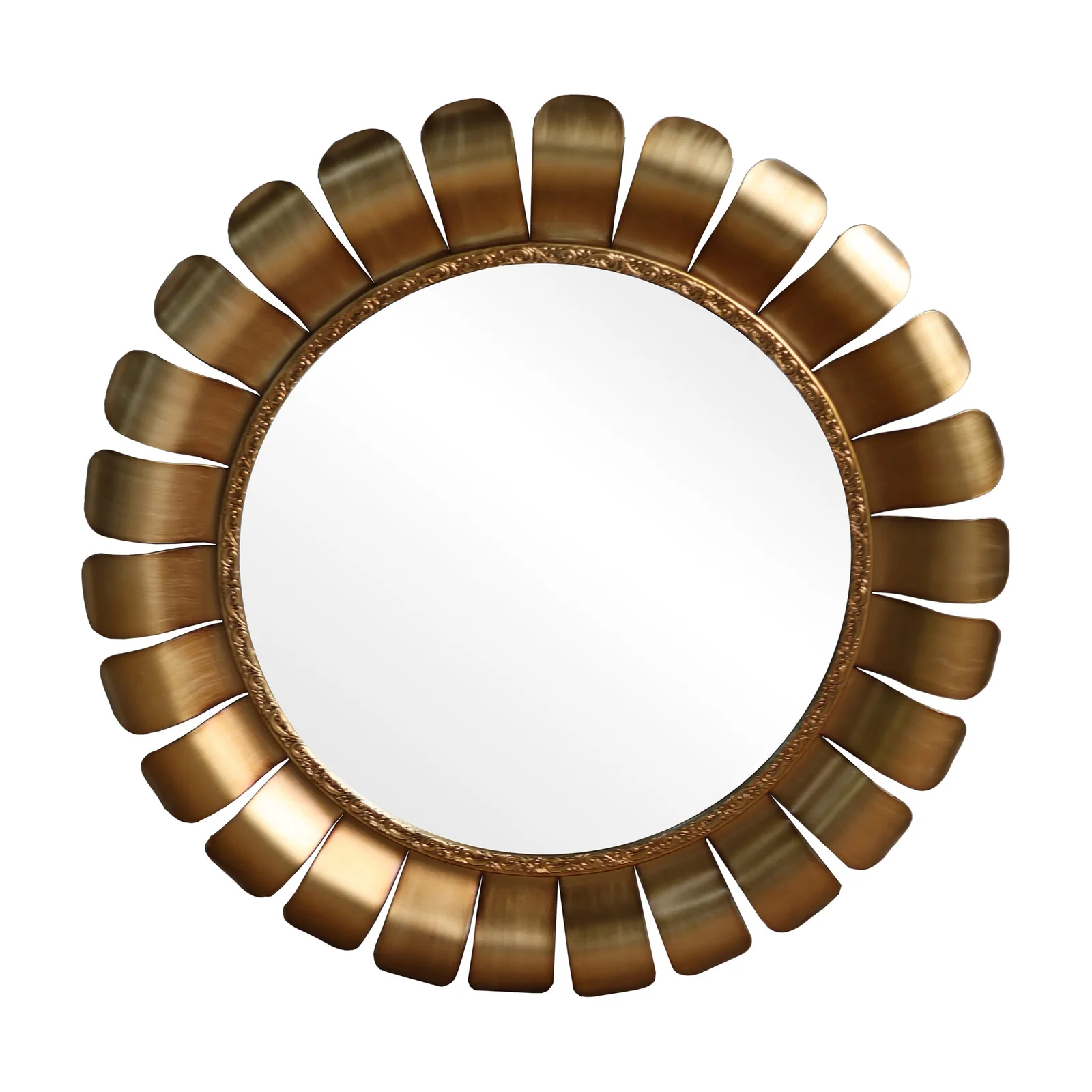
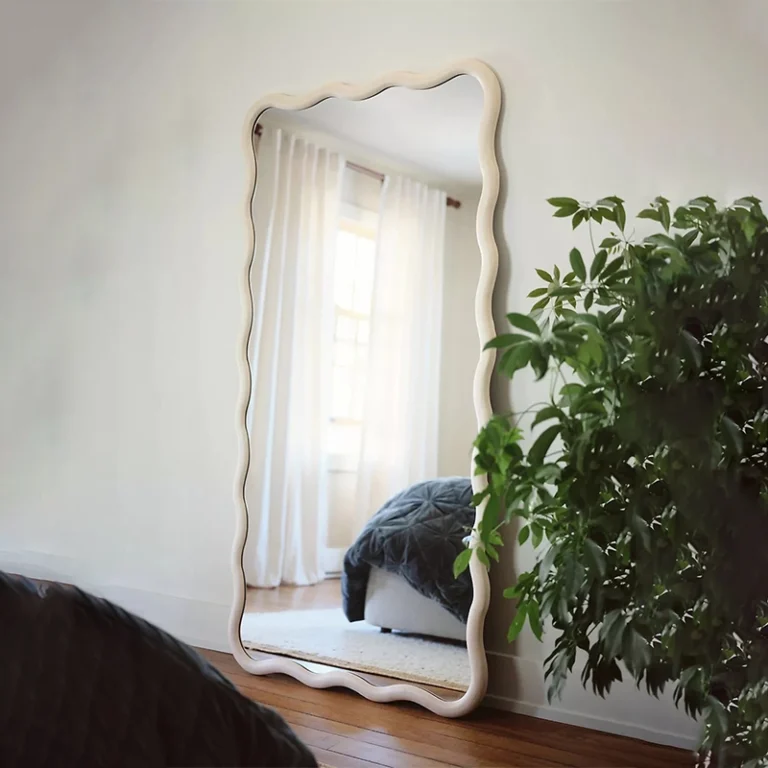
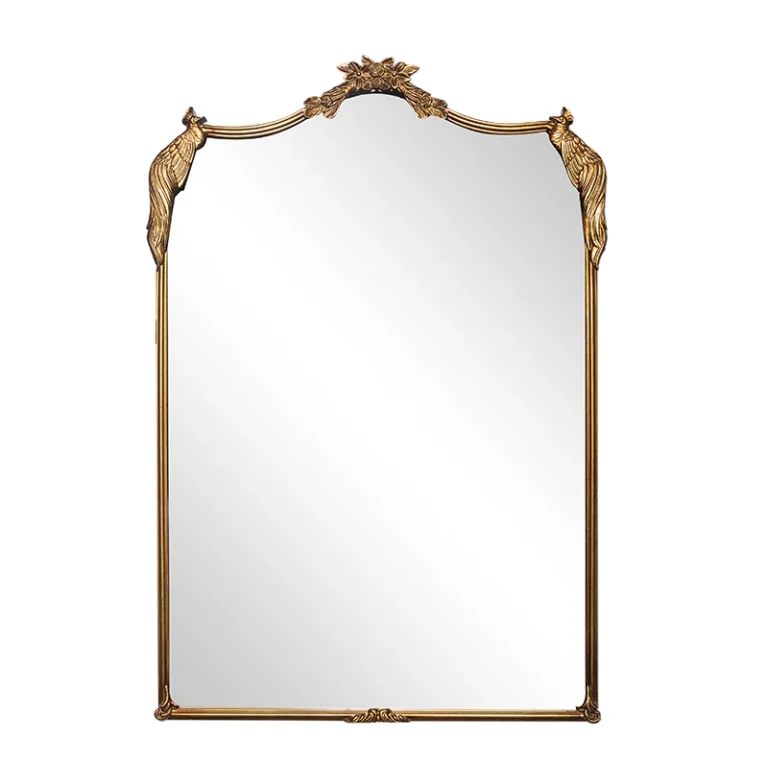
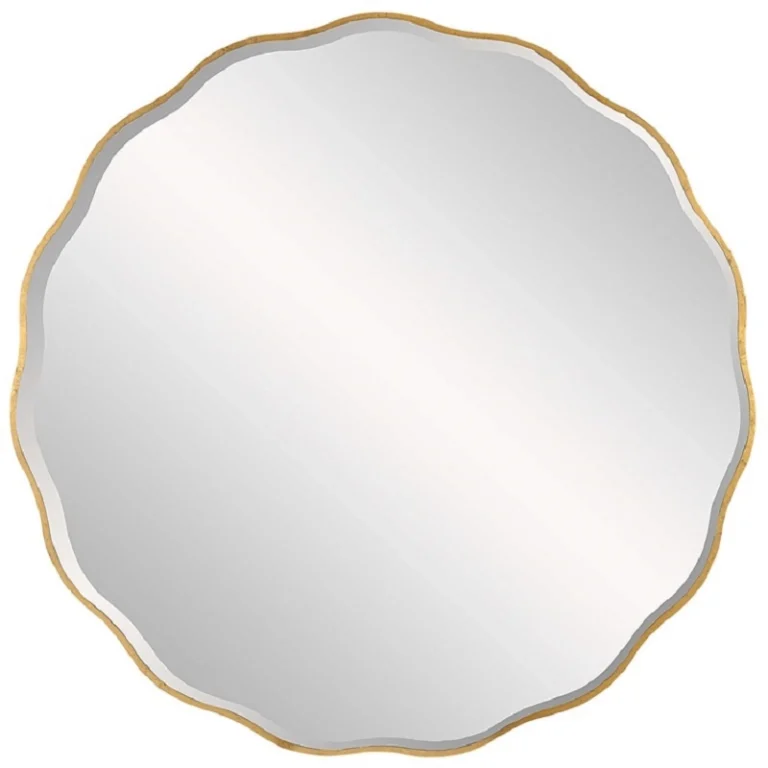

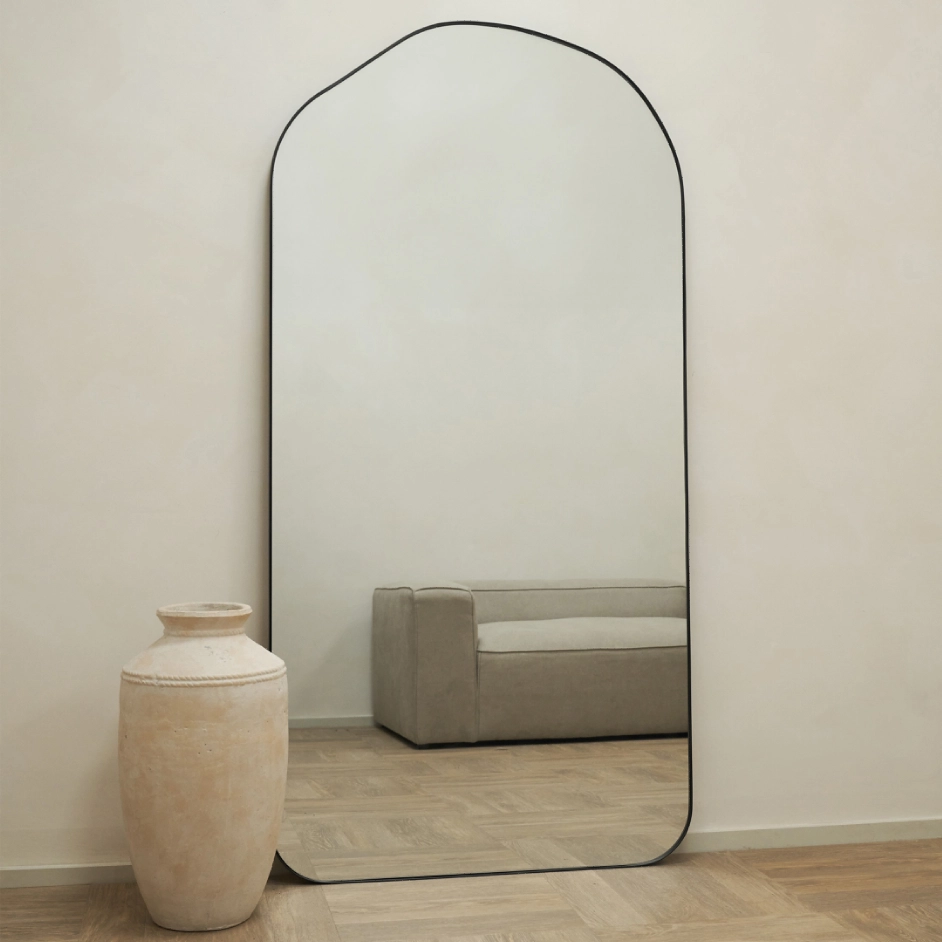
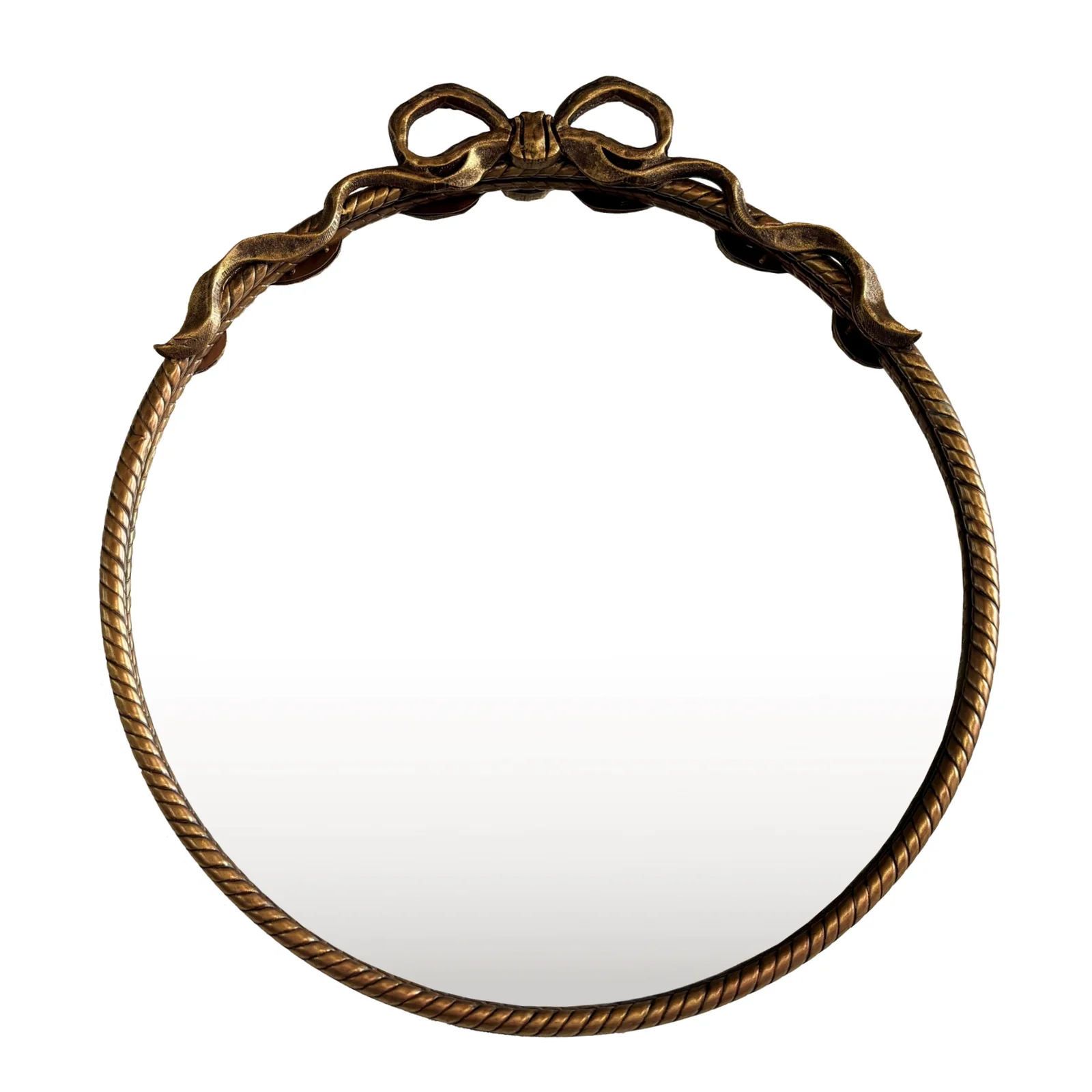
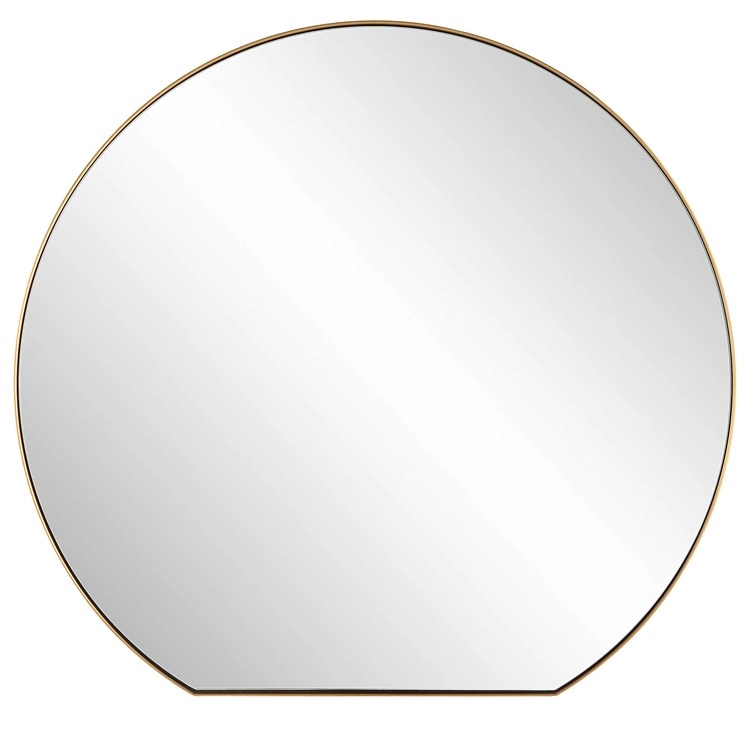
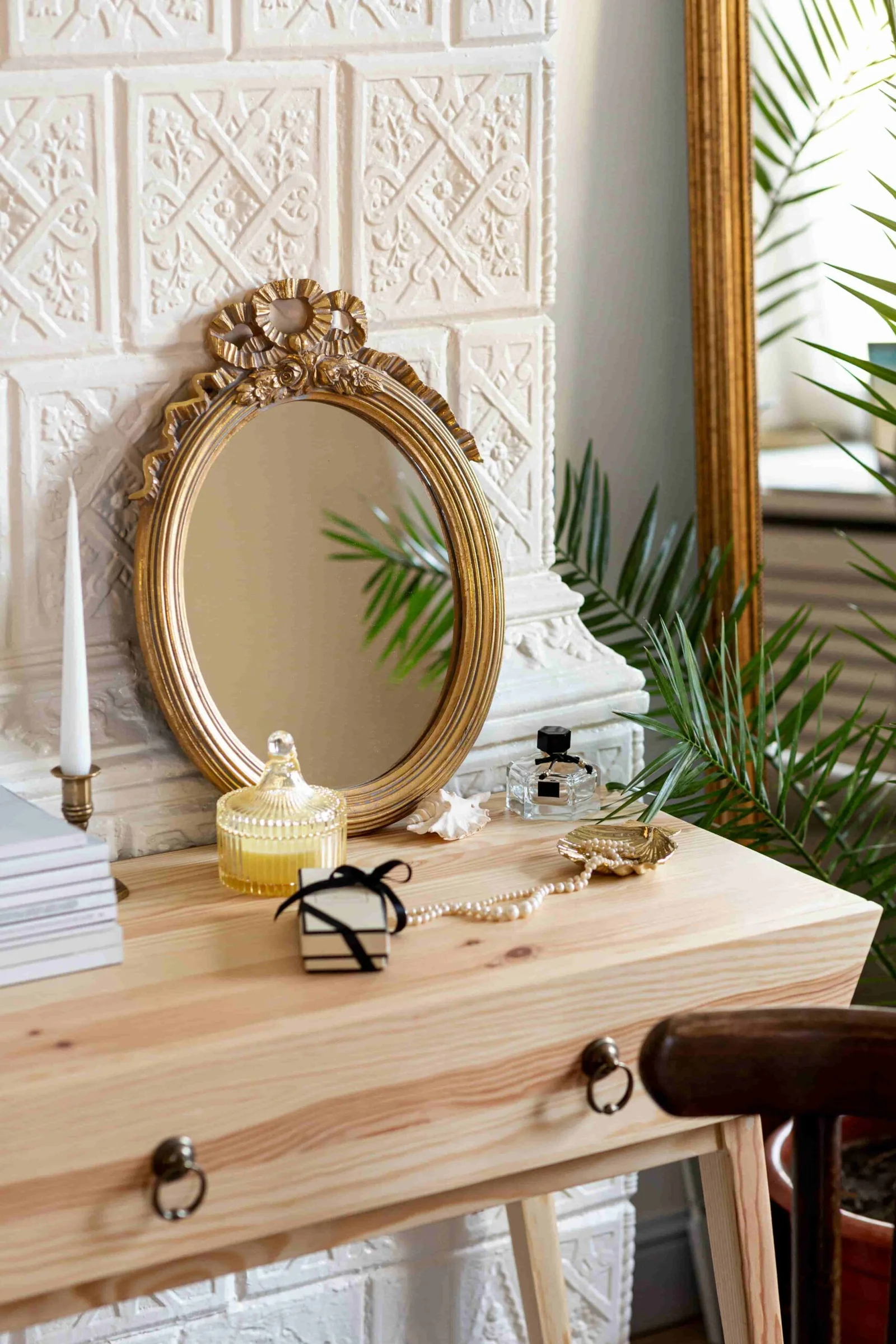
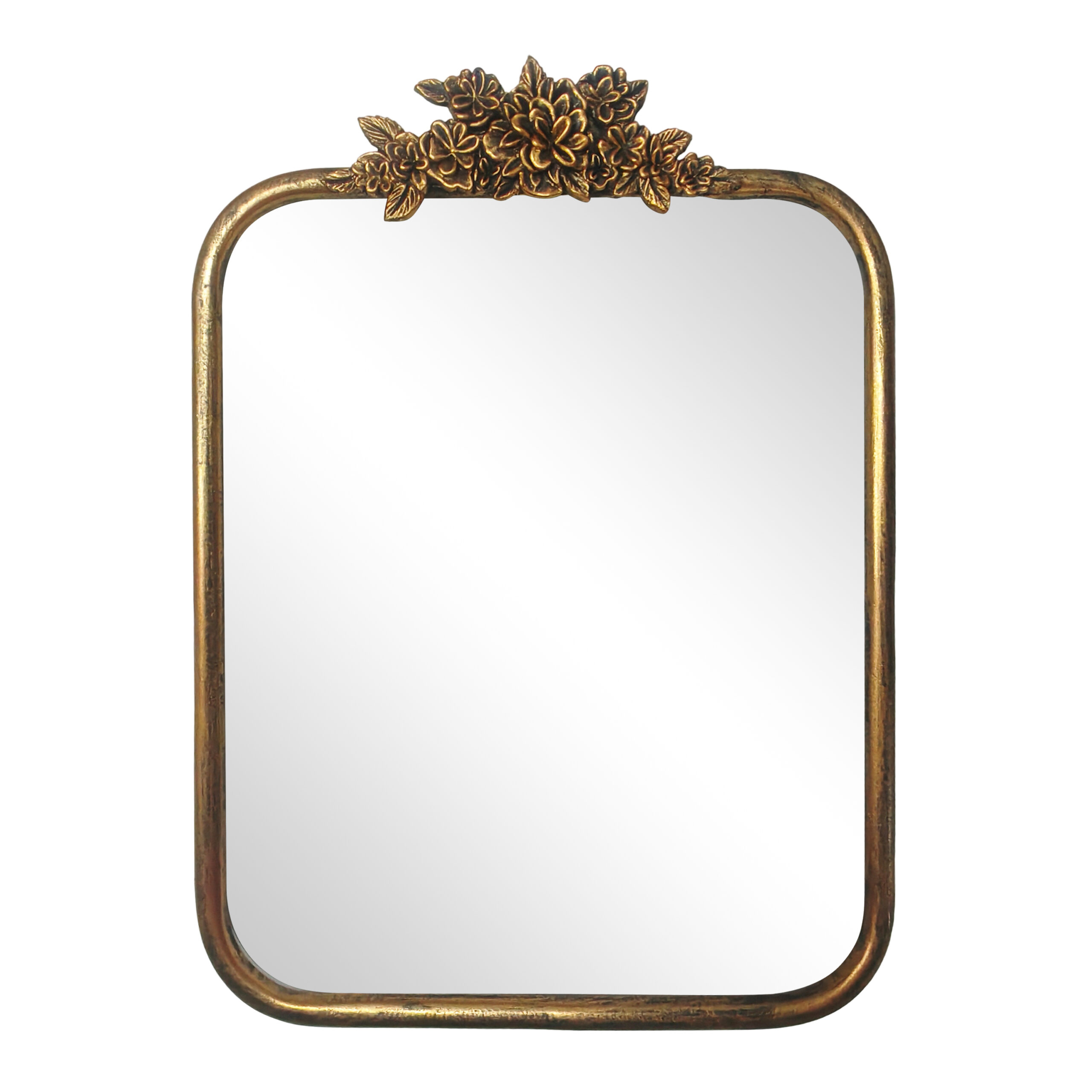
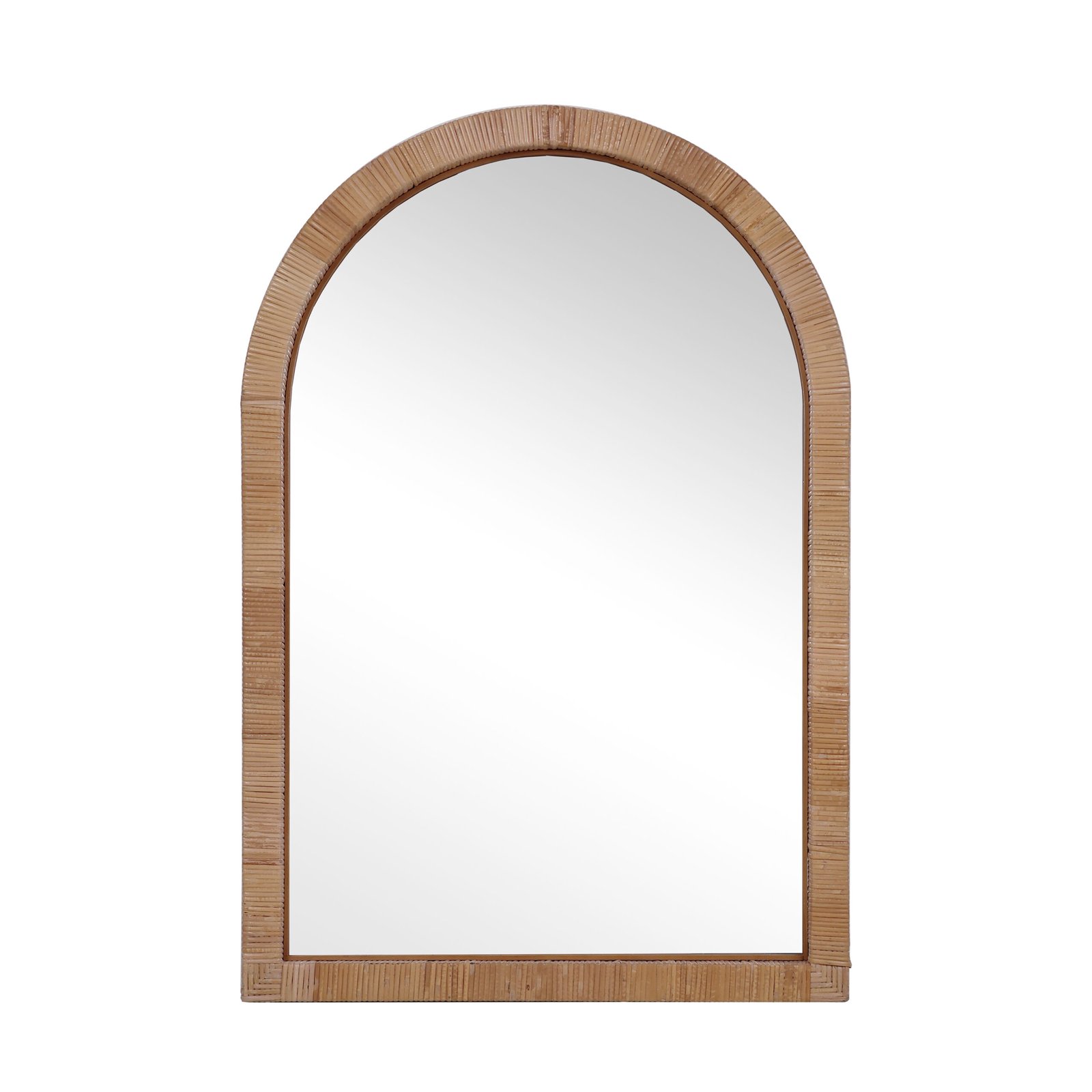
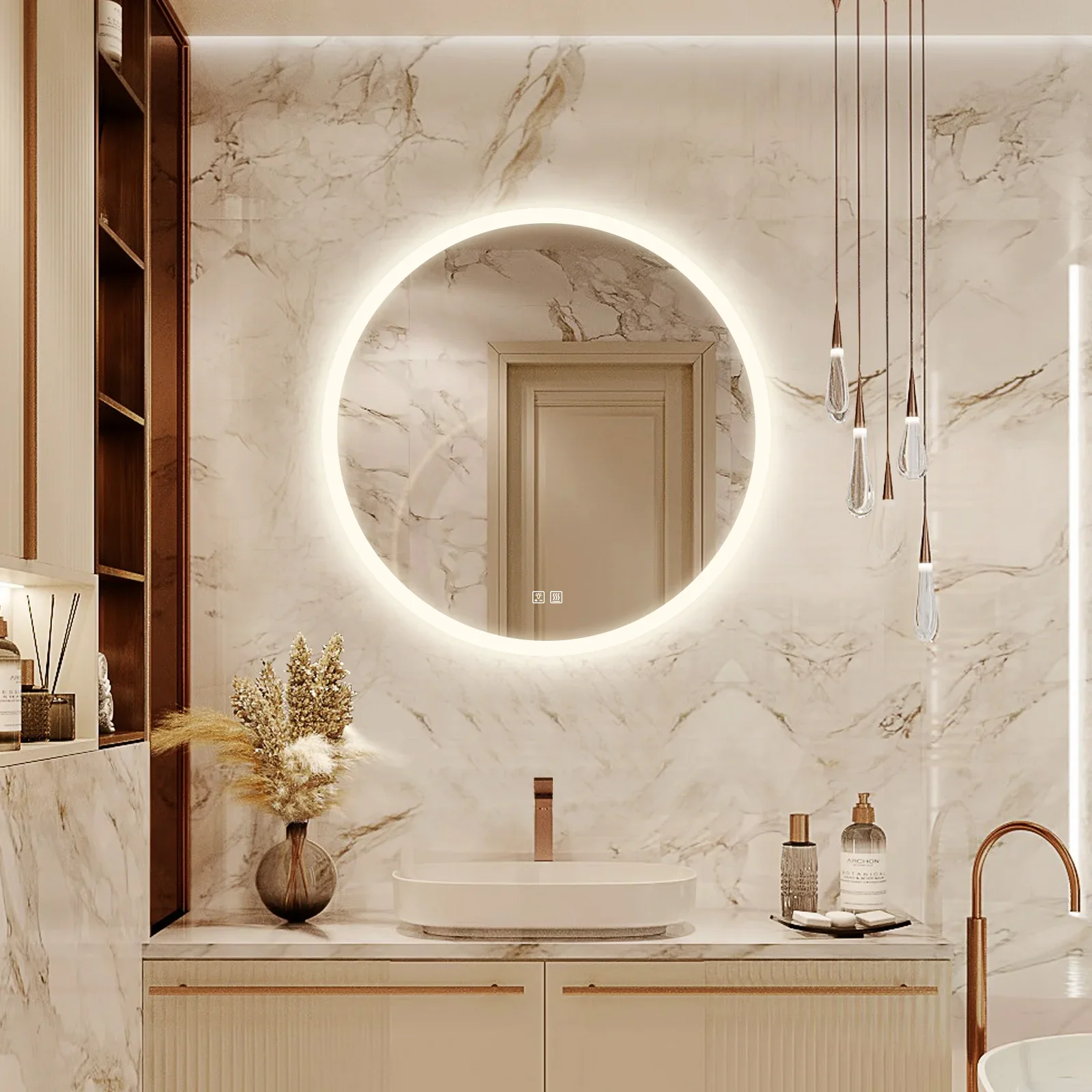
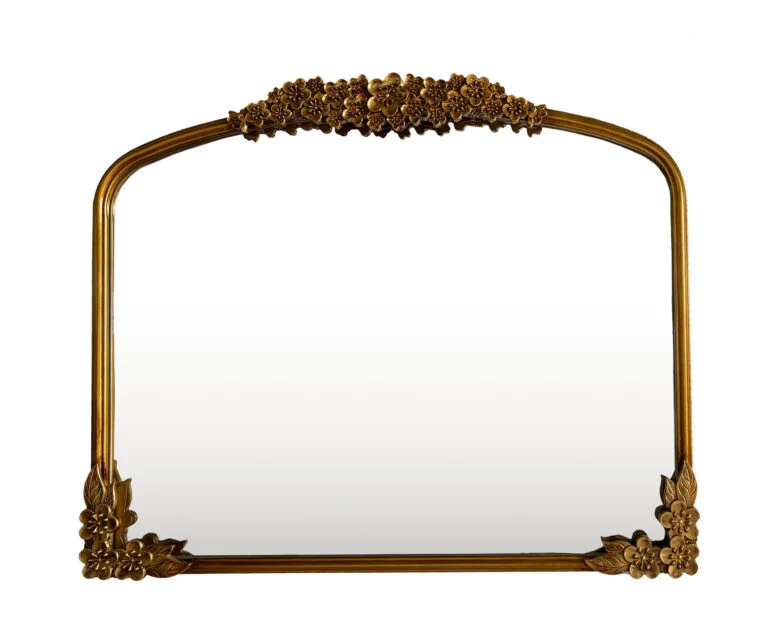
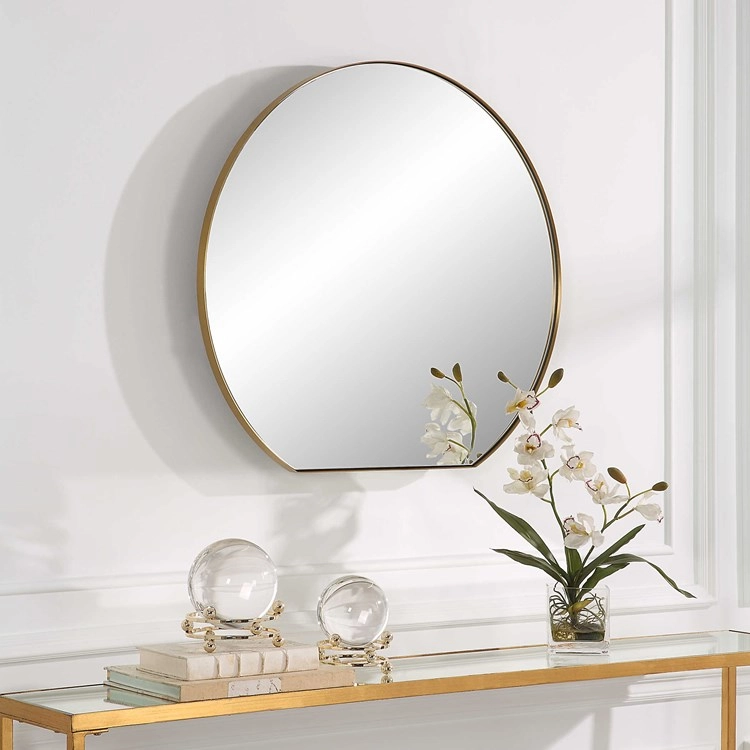
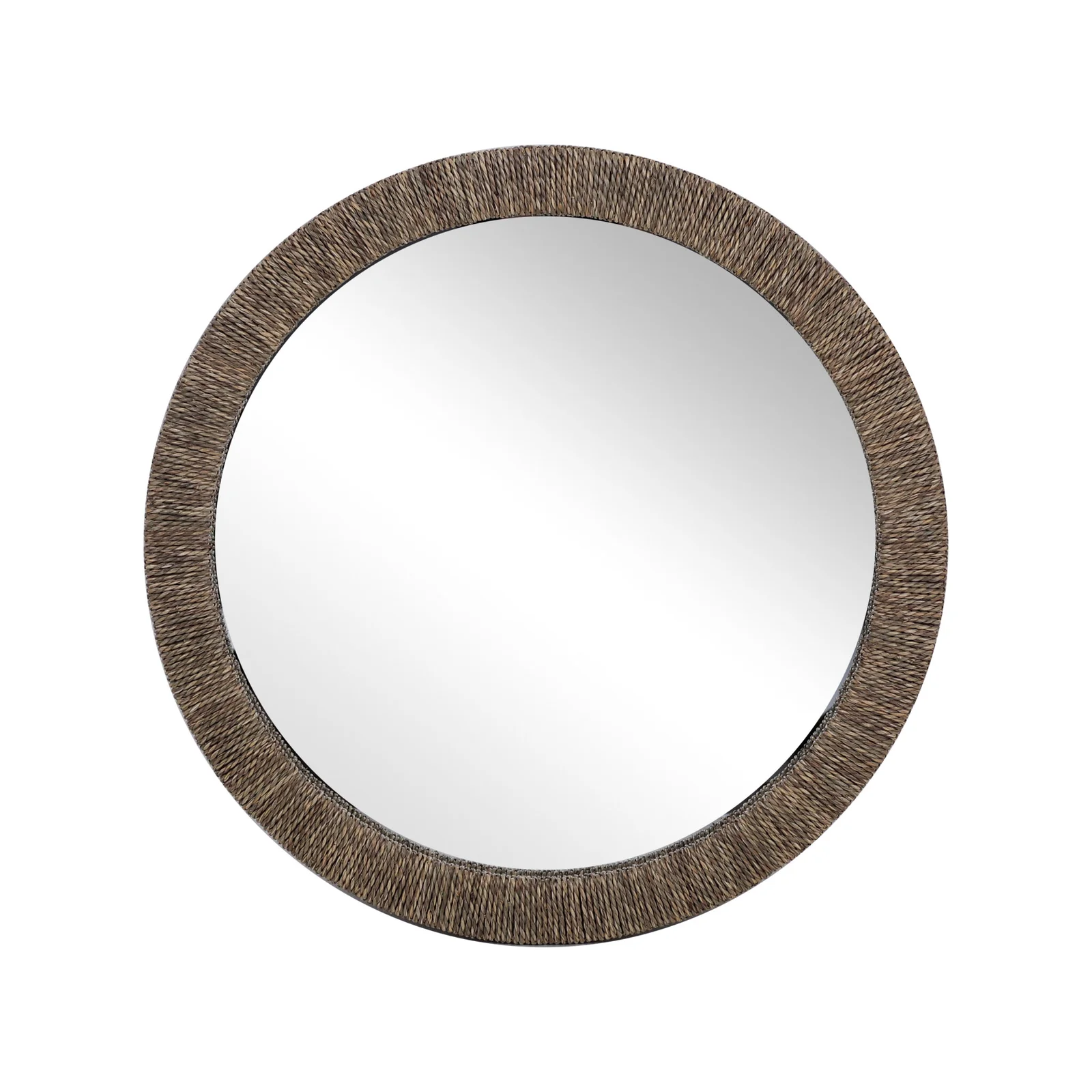
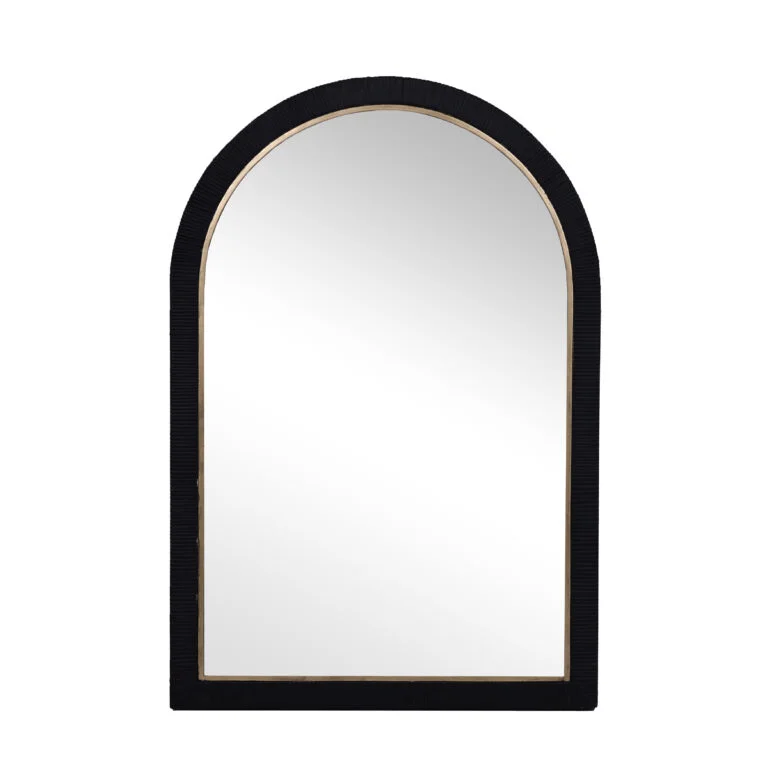
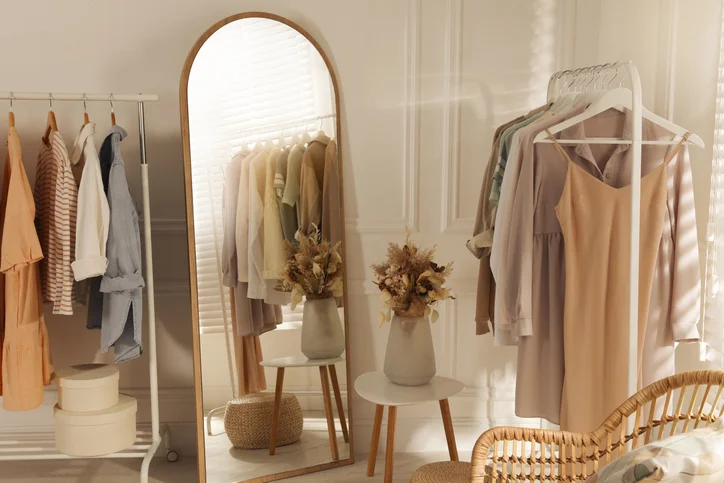
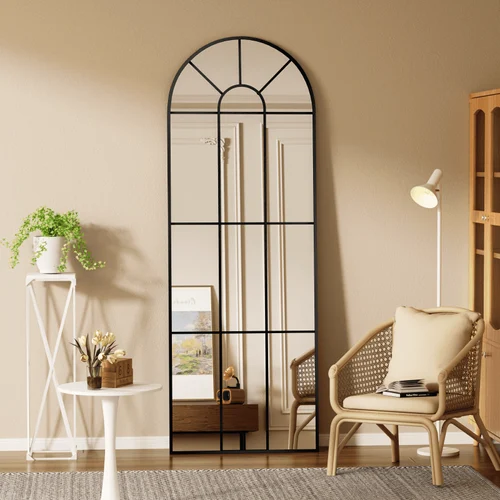
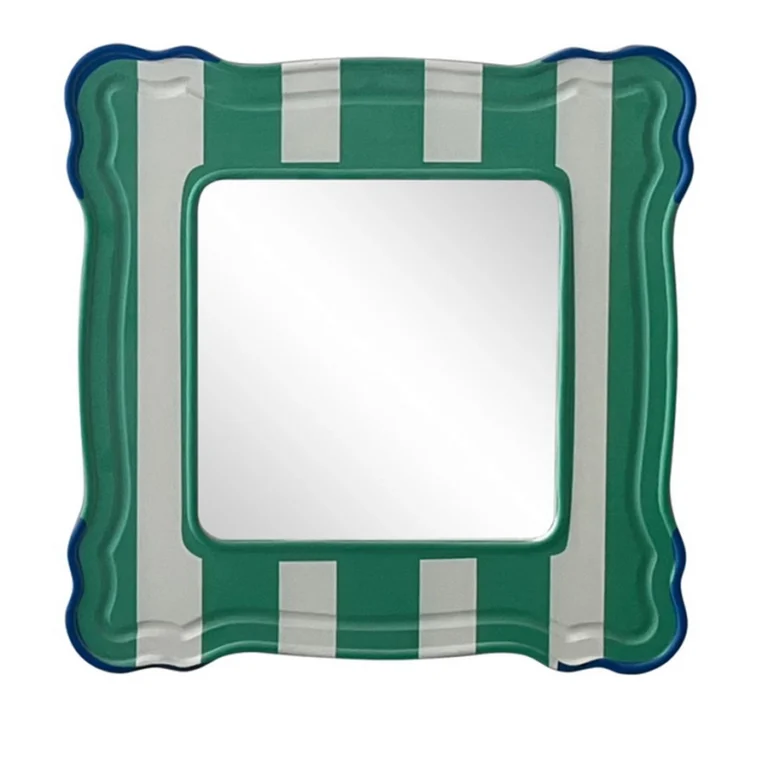
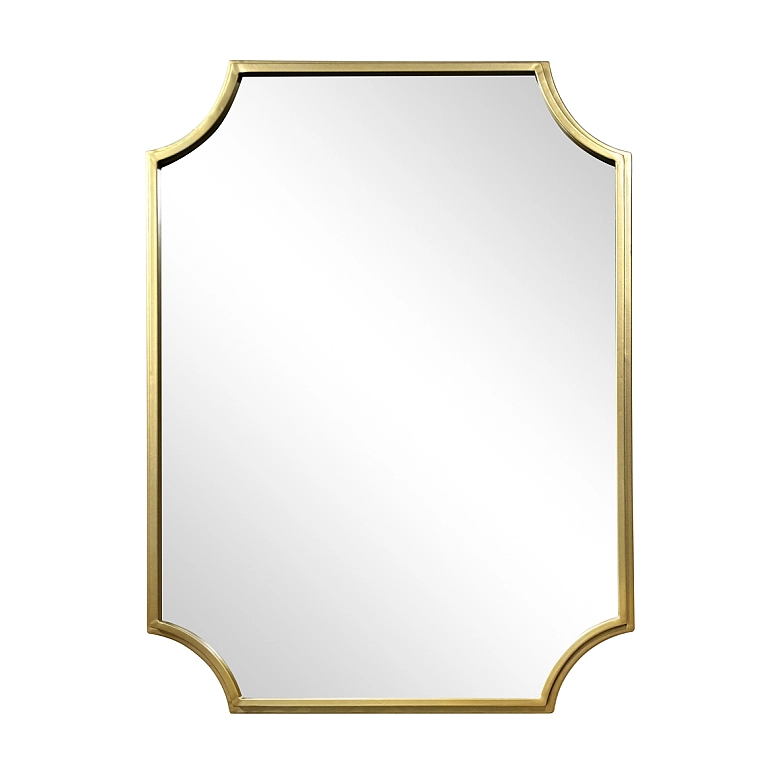
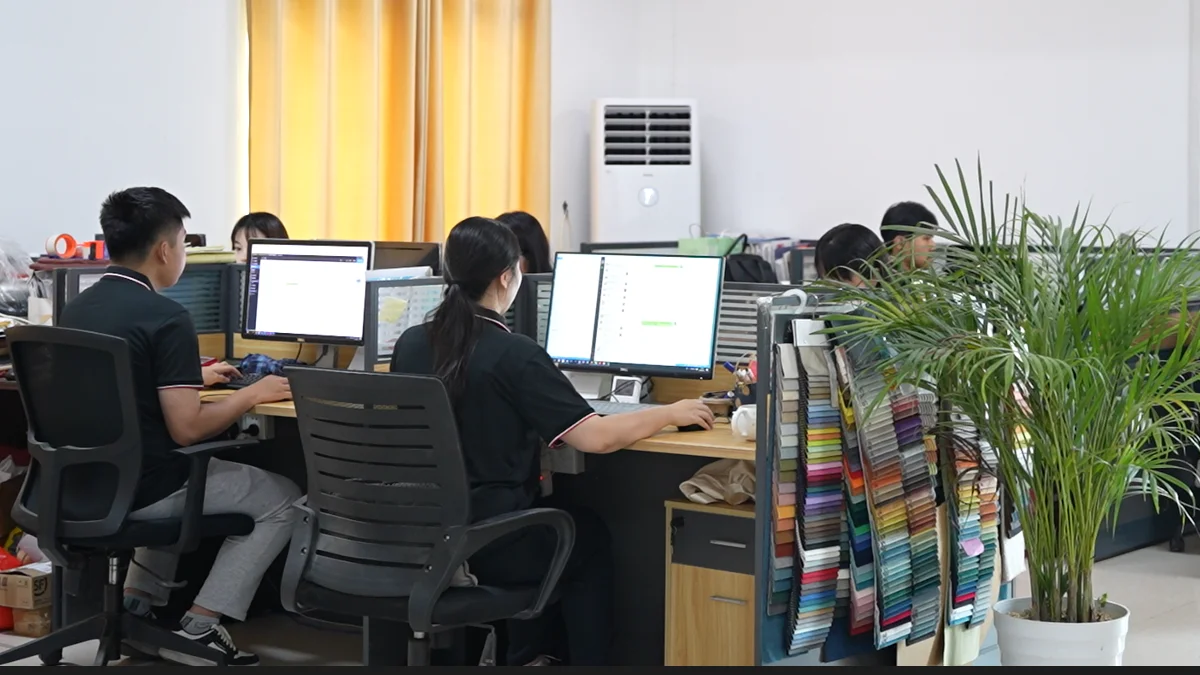
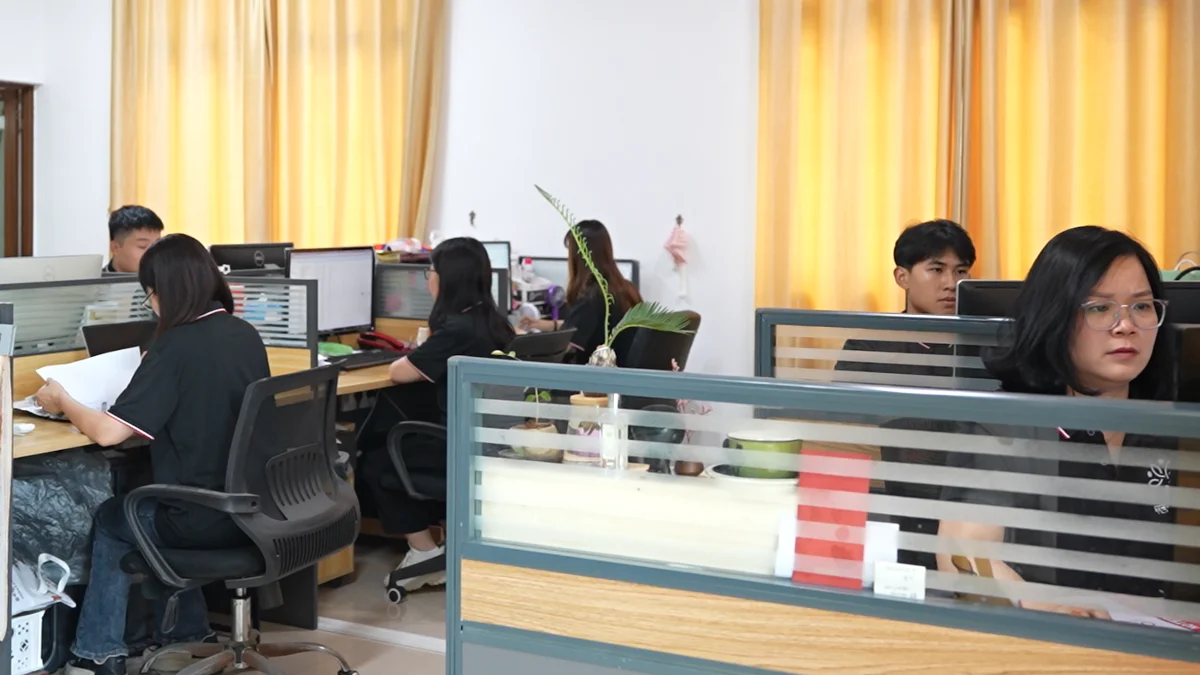
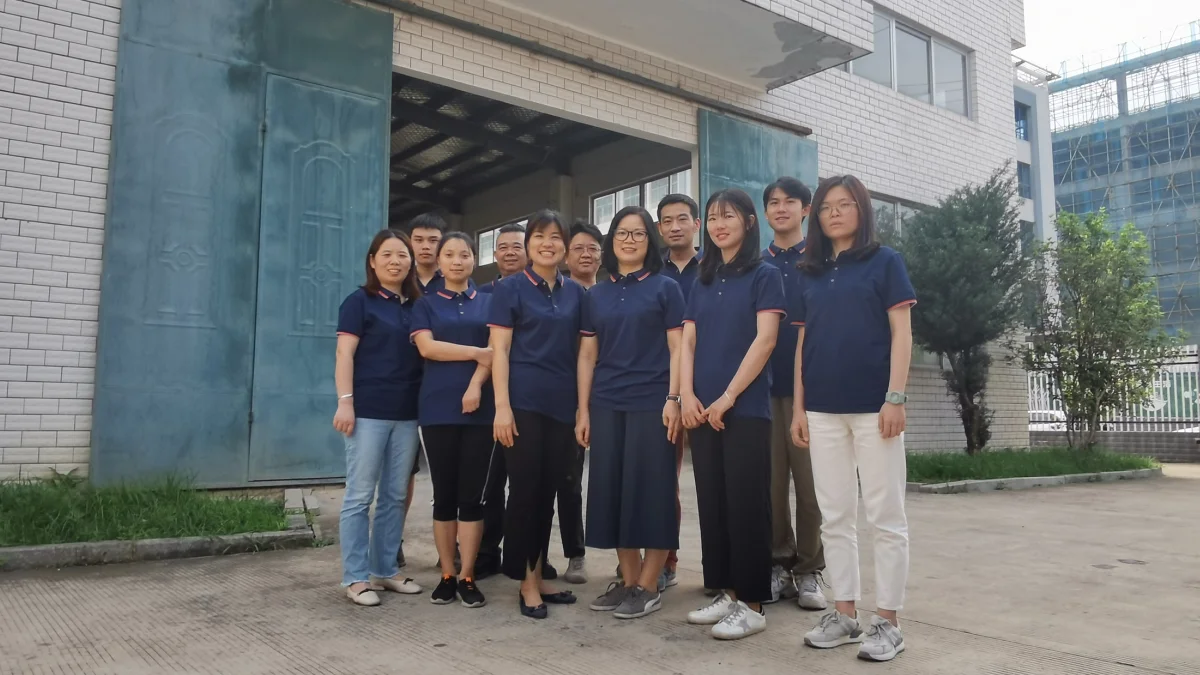
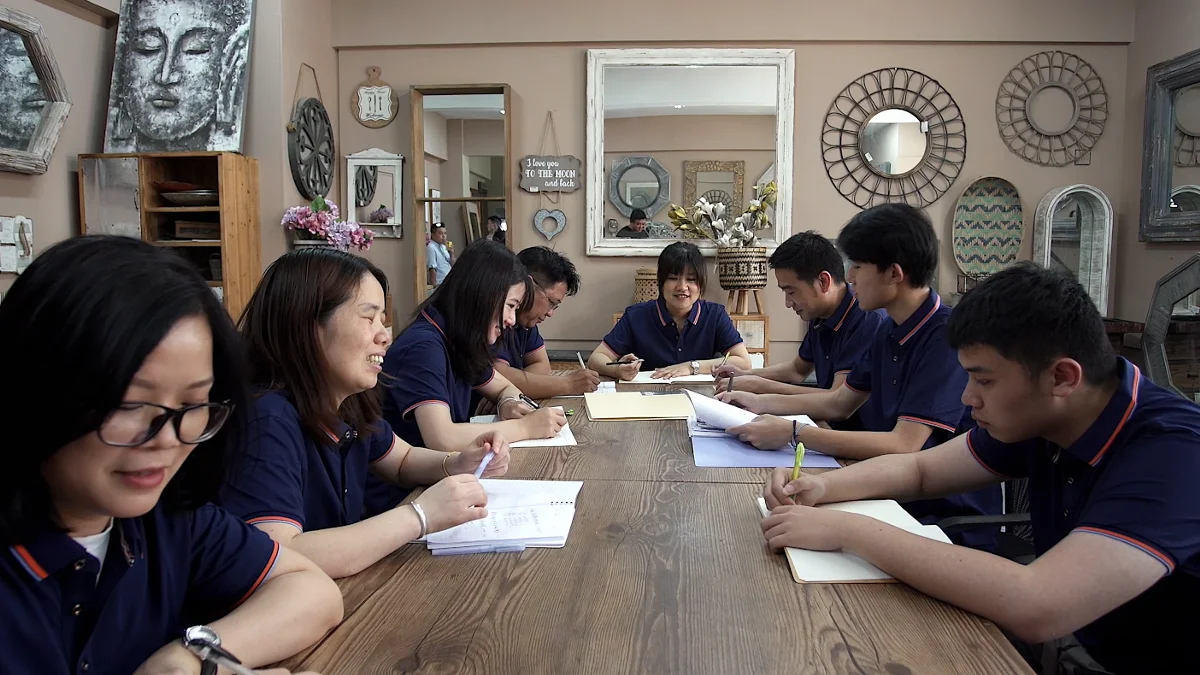

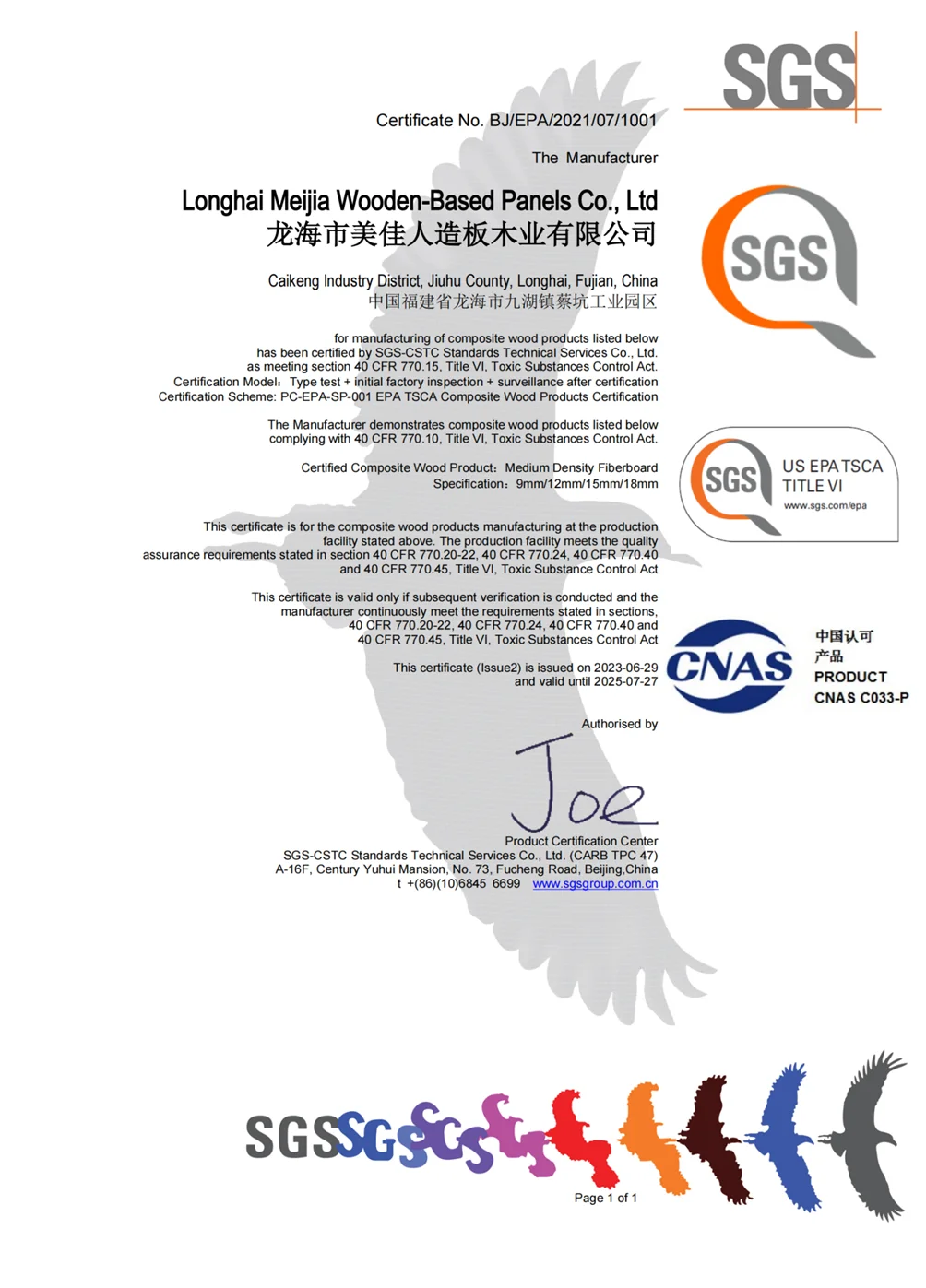

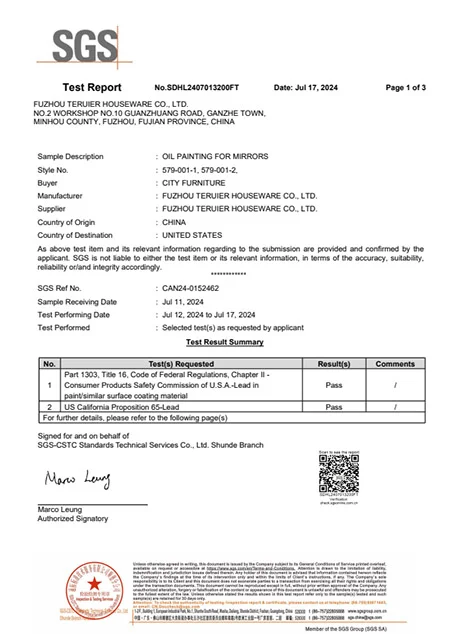

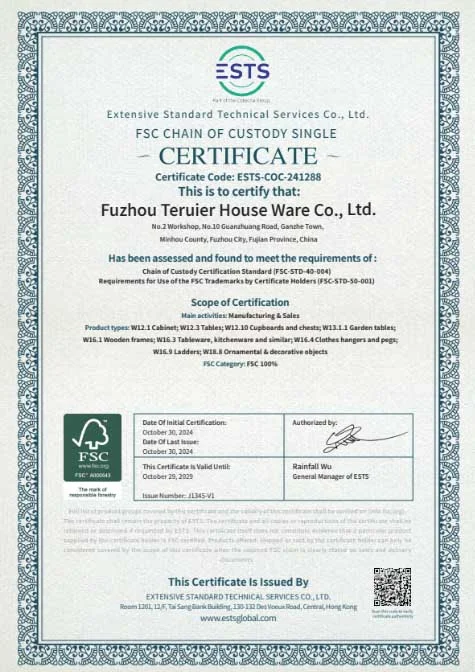
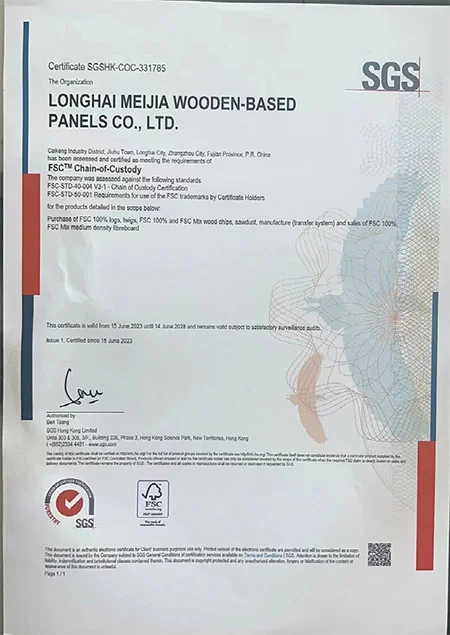
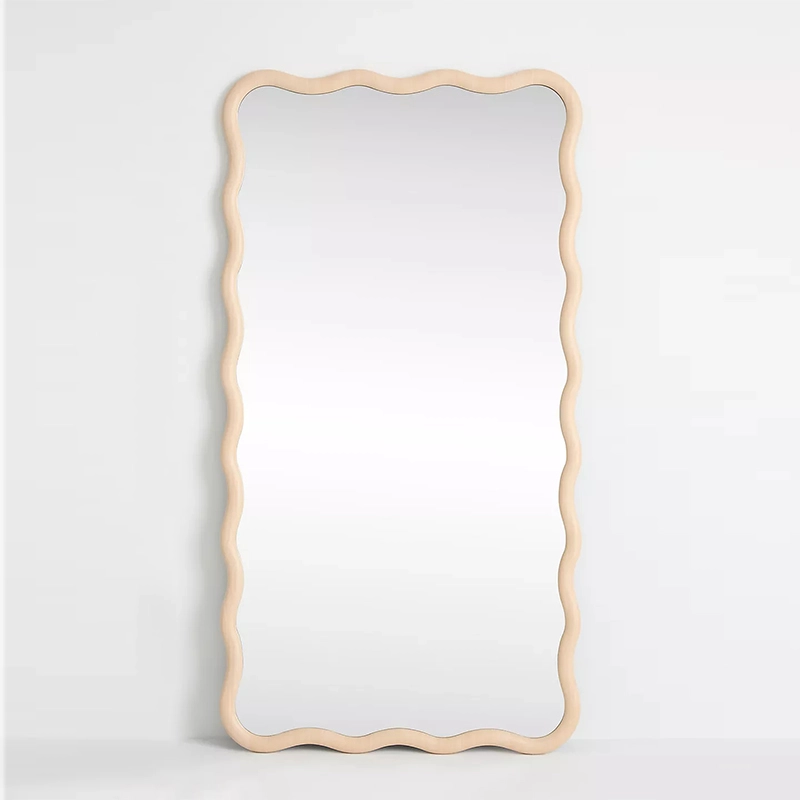
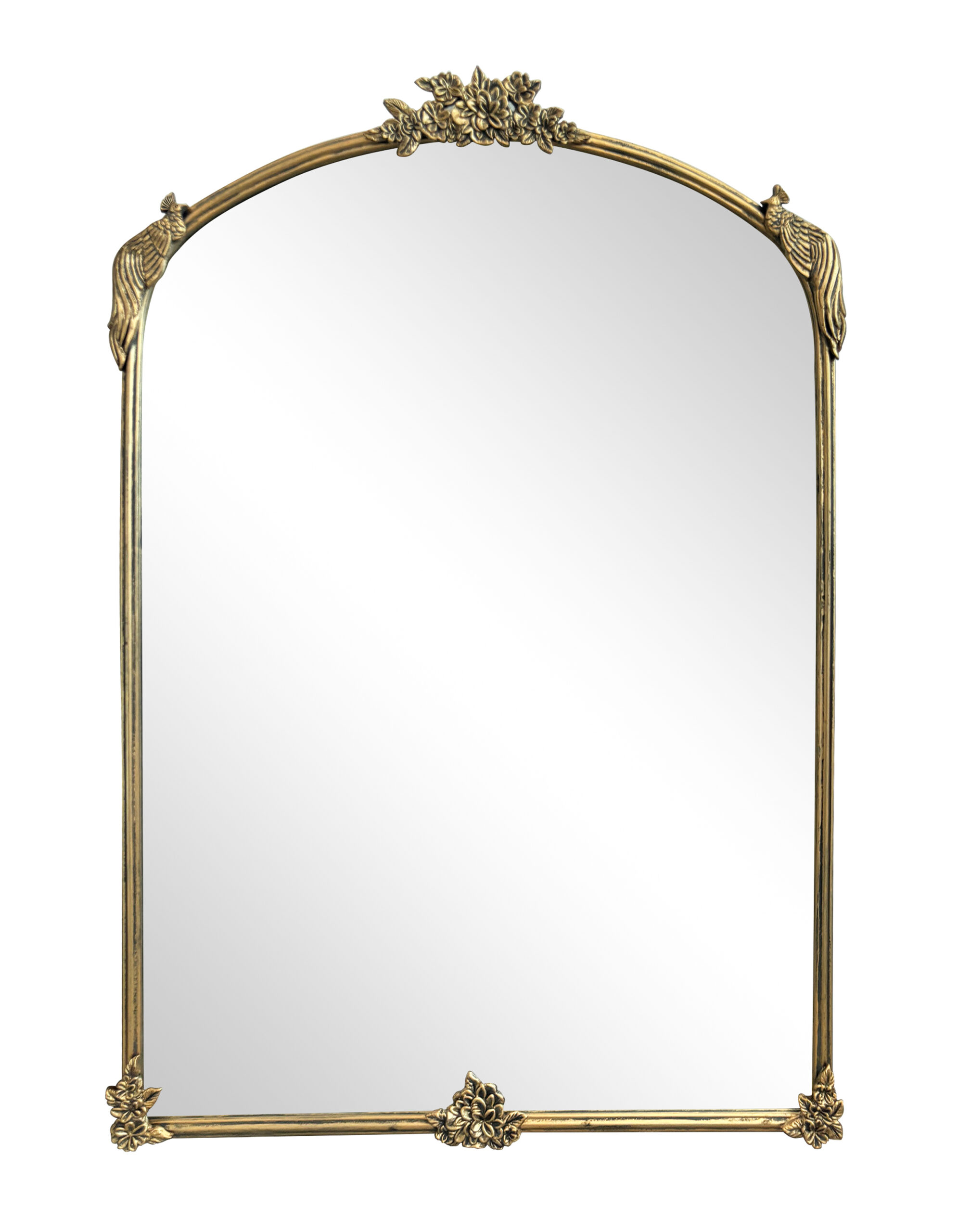
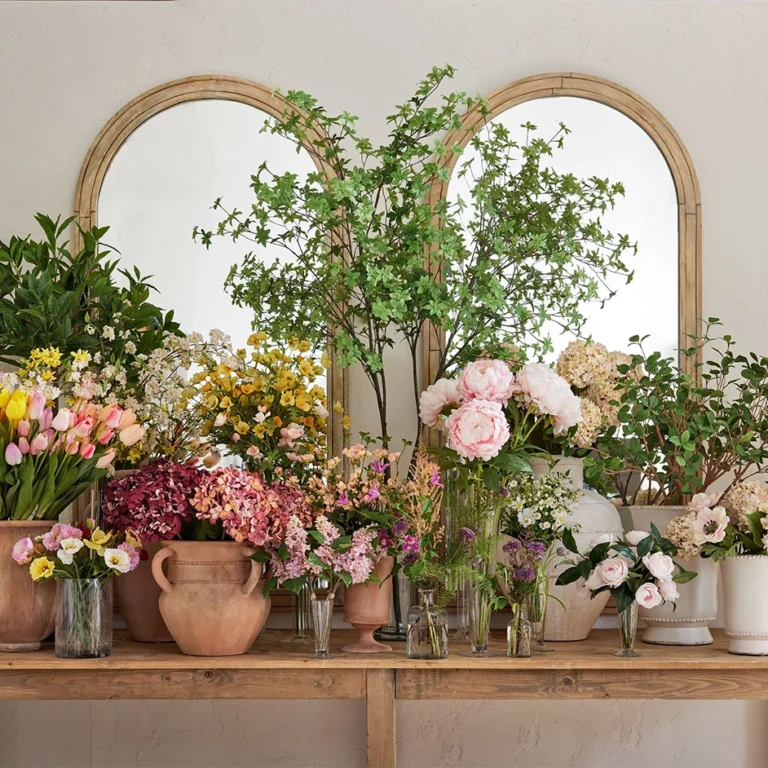
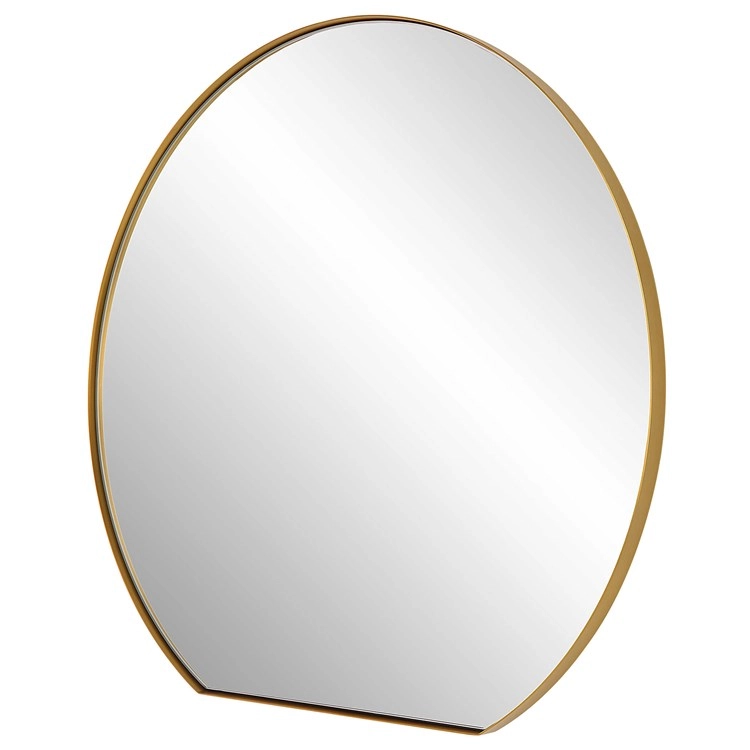
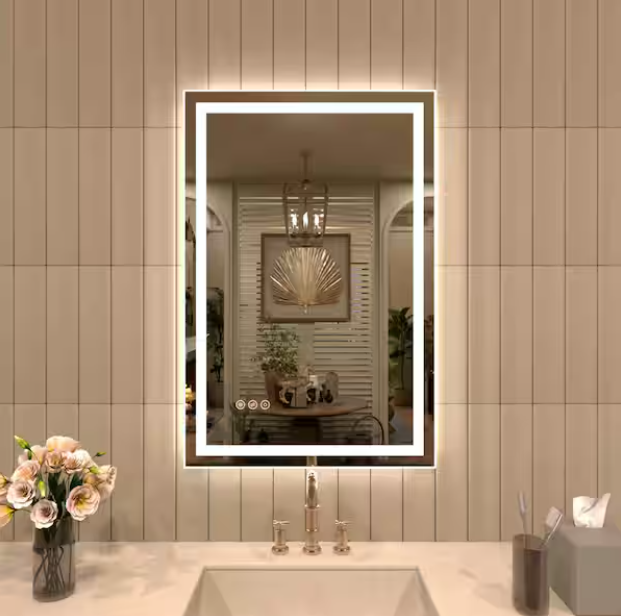
-scaled.jpg)
